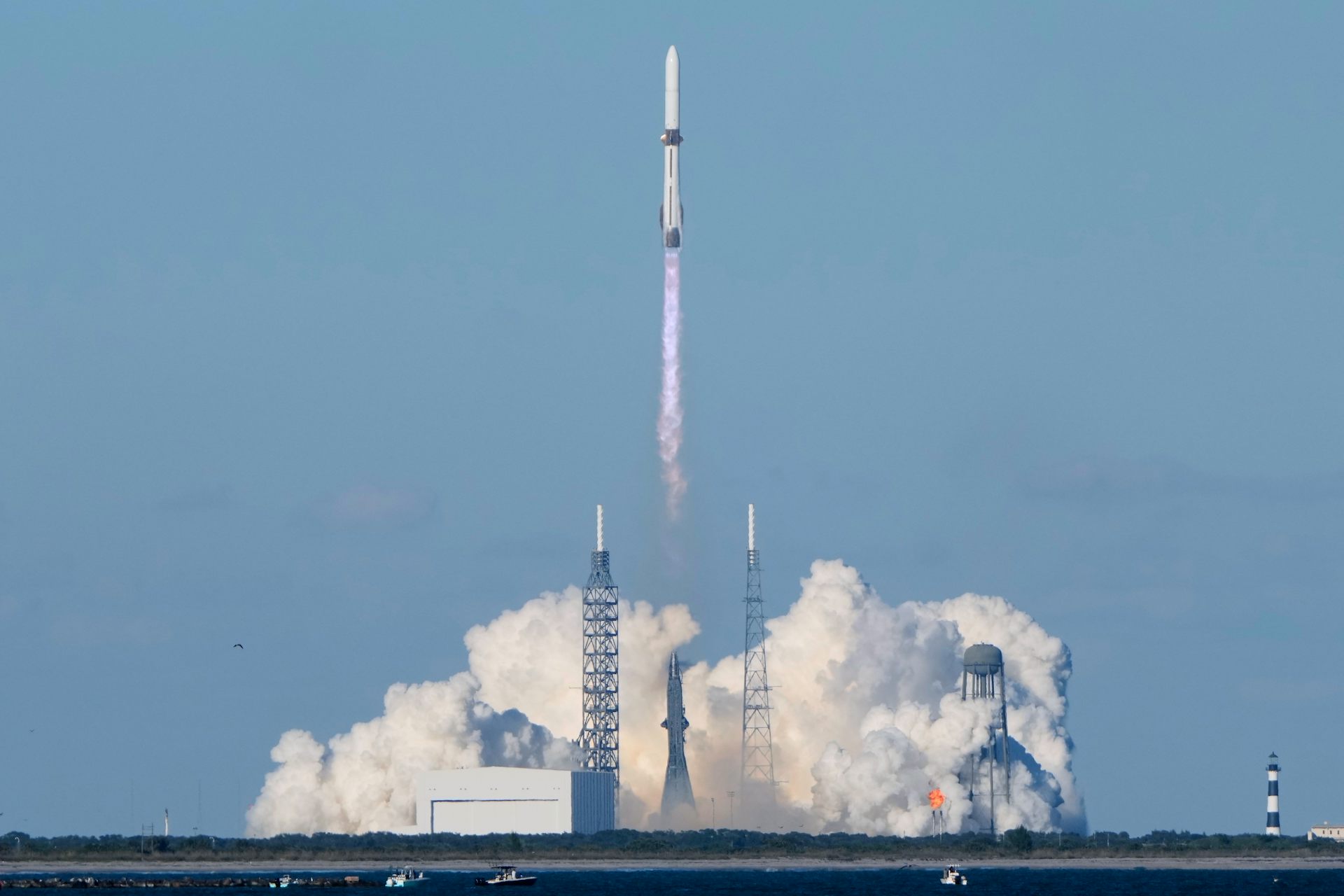What the $25 billion the biggest US donors gave in 2020 says about high-dollar charity today
While support for social services and historically black colleges and universities rose sharply, these donors spent a tiny fraction of what the government distributed to people who needed help.

Editor’s note: According to The Chronicle of Philanthropy, the 50 Americans who gave the most to charity in 2020 committed to giving a total of US$24.7 billion to hospitals, homeless shelters, universities, museums and more – a boost of roughly 56% from 2019 levels. David Campbell, Elizabeth Dale and Jasmine McGinnis Johnson, three scholars of philanthropy, assess what these gifts mean, the possible motivations behind them and what they hope to see in the future in terms of charitable giving in the United States.
What trends stand out?
Campbell: Pandemic. Pandemic. Pandemic. The share of giving that went to social service nonprofits, food banks and homelessness assistance groups rose sharply. At the same time, performing arts organizations, largely shut down as a result of the pandemic and starved of revenue from ticket sales, received more support from big donors in 2020 than in 2019, with charitable gifts and pledges to them increasing to $65 million from $51 million.
McGinnis Johnson: Likewise, Racial justice. Racial justice. Racial justice.
For example, basketball legend Michael Jordan declared that he would personally give at least $50 million to racial equity and education causes over the next decade, with his footwear and clothing company kicking in another $50 million. Also, Netflix CEO Reed Hastings and his wife Patty Quillan gave a total of $120 million divided into three equal gifts to Morehouse College, Spelman College and UNCF – the group previously called United Negro College Fund that pays for students to attend historically black colleges and universities. Neither Jordan nor Hastings and Quillan, who said their increased awareness about the country’s racial injustices and the deaths of Black people in police custody inspired them to give, made the Chronicle’s list of top donors in 2019.
These and other unusually large gifts taking aim at racial injustice, and other forms of social injustice (not counting HBCU donations), totaled $66 million in 2020. But I had anticipated that there would be even more of this giving by the biggest donors.
Dale: In particular, MacKenzie Scott – Jeff Bezos’ ex-wife – made many gifts to HBCUs. These donations included $50 million for Prairie View A&M University, North Carolina Agricultural and Technical State University and Morgan State University. In addition to racial justice, her philanthropy has raised the profile of causes like civic engagement, community development and the need to address the medical debt crisis in the U.S. Scott was the second-largest donor for the year, after Bezos. Combined, their commitments totaled nearly $16 billion. Neither made the top 50 in 2019.
Until now, the ultra-rich haven’t typically supported causes like these. Instead, extremely wealthy donors have historically been more inclined to fund higher education and health care, largely with big donations to elite universities, hospitals and arts institutions like museums and operas.
The other aspect that strikes me is the “who” part of the list. There are many new faces: Eight of the 20 top donors didn’t make an appearance on the Philanthropy 50 list for their 2019 giving.
What concerns do you have?
McGinnis Johnson: A total of about $14 billion of this giving went to foundations led by the givers themselves and donor-advised funds, which work somewhat like foundations in that donors set money aside for charity before they actually give those funds to nonprofits. When wealthy people set aside money this way, they receive tax benefits before giving those funds. In a troubling development, some foundations have begun to put some of their disbursed money, which was already designated for charity, into donor-advised funds rather than addressing today’s many urgent needs, such as alleviating hunger and staving off evictions amid a major economic crisis.
Dale: This list reminds me of the limits of philanthropy, especially with a problem as widespread as the COVID-19 pandemic. Even if you add all of the social service gifts together, including donations to food banks, efforts to help the homeless and gifts to pay off medical debt, it adds up to only about $700 million. Compared to the trillions of dollars in relief the government is providing individuals and small businesses for economic problems that began in 2020, you can see that philanthropy from the very wealthiest Americans doesn’t come close to meeting all of the nation’s needs.
One possible way Congress could encourage more donations is by increasing the share of assets that foundations must give away every year. A coalition of wealthy donors including Walt Disney Co. heiress Abigail Disney and at least two members of the Pritzker family – heirs to the Hyatt fortune – supports this change.
What do you expect to see in 2021 and beyond?
McGinnis Johnson: I think that major gifts in support of racial and social justice causes may continue. I also expect to see the emergence of new donors spurred on by these crises who can give in new and different ways. And I hope that more wealthy donors begin to pay more attention to leadership, by supporting organizations led by people of color.
Campbell: Donors like MacKenzie Scott and Susan Sandler – the heir to a fortune made in the home-mortgage business – and some foundations are going out of their way to invest in people, places and organizations that have long been ignored or marginalized.
Also, their public statements about their giving, along with Twitter CEO Jack Dorsey’s spreadsheet listing his donations, have raised the bar for transparency in philanthropy.
I believe these new approaches can engage the public in an ongoing debate about the best way to use charitable dollars to build a better world. The question is, will other wealthy donors follow their lead?
David Campbell is vice chair of the Conrad and Virginia Klee Foundation in Binghamton, New York.
Elizabeth J. Dale has received funding from the Ford Foundation, the Bill & Melinda Gates Foundation via Indiana University and The Giving USA Foundation for her research on philanthropy. The views expressed in this essay are strictly my own and do not reflect policy stances of Seattle University.
Jasmine McGinnis Johnson is a Visiting Fellow at Urban Institute, the Center on Nonprofits and Philanthropy.
Read These Next
Blue Origin’s New Glenn rocket landed its booster on a barge at sea – an achievement that will broad
Jeff Bezos’s aerospace company Blue Origin is now the second, after SpaceX, to land a rocket booster…
Don’t let food poisoning crash your Thanksgiving dinner
A few precautions as you prepare your Thanksgiving feast will help keep gastrointestinal distress out…
SNAP benefits have been cut and disrupted – causing more kids to go without enough healthy food and
Having stable access to nutritious food sets children up for better mental and physical health into…





